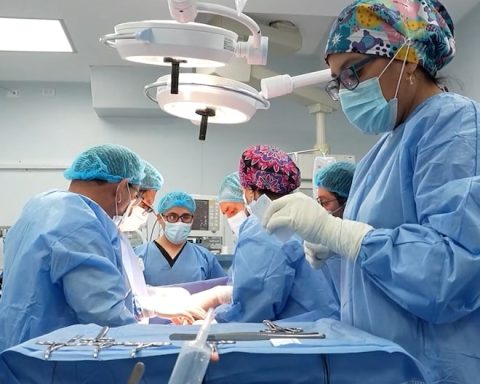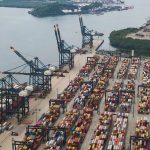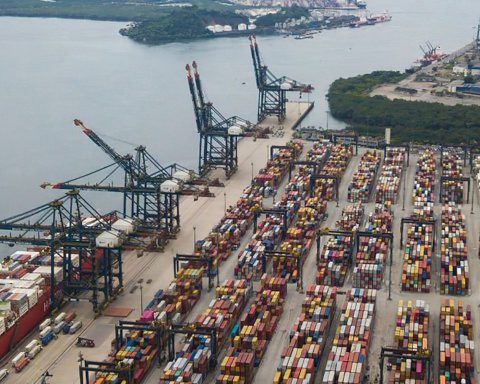The participation of industry sector in the added value of the gross domestic product (GDP) of Peru fell from 37.2% in 2011 to 30.2% in 2020, in accordance with the world trend, reported this Sunday the National Center for Strategic Planning (Ceplan).
The agency explained that the participation of the industry sector worldwide has gone from 37.3% to 27.3% between 1970 and 2020, respectively, with an annual average decrease of 0.2 percentage points.
He added that “according to the World Bank, Peru has not been oblivious to the global trend” and that the United Nations Conference on Trade and Development (Unctad) has indicated that, worldwide, the participation of the service sector in the GDP added value increased from 53.3% to 68.2% in the period 1970-2020.
He Central Reserve Bank of Peru (BCRP) indicated that in the Andean country “the same behavior is evident” and an export of more than 7,500 million dollars in services was achieved in 2019, which implied a growth of 6.1% compared to 2018.
“For some experts we are facing a new post-industrial structure, characterized by the fact that the majority of the labor force no longer deals with agriculture or factories but with services,” Ceplan commented.
He added that “it stands out that this lower participation of the industrial activity It is not typical of developed countries, because manufacturing is ceasing to be the engine of growth in developing countries, making its reduction in GDP participation increasingly noticeable.
However, for the United Nations Industrial Development Organization (UNIDO), deindustrialization in developed countries is different from that in developing countries.
Look: New vehicle sales will grow between 1% and 3% this year
Ceplan explained that there are cases of “premature” deindustrialization, which occurs in low-income countries where industry tends to be replaced by inadequate, low-skilled or low-productivity services.
Also there is a “mature” deindustrialization in advanced economies “and that opens the way to high-productivity services that function as a growth engine.”
“Services are more likely to assume a larger role in the economy of those countries that have a dynamic and productive manufacturing industry, in contrast to countries with stagnant industrialization and low value added,” he said.
For this reason, the Peruvian agency indicated that “it is suggested that developing countries still promote the manufacturing industry with the aim of obtaining benefits that include improving skills, technological innovation, among other activities, as well as promoting inclusive industrialization and sustainable”.
“The new post-industrial structure is configured as a stage in the evolution of society in which the production of goods is reduced, to offer mainly services. This can be understood as a process of economic and social change, where transformations take place in the industrial capacity and workforce of a region or country”, he concluded. EFE


















